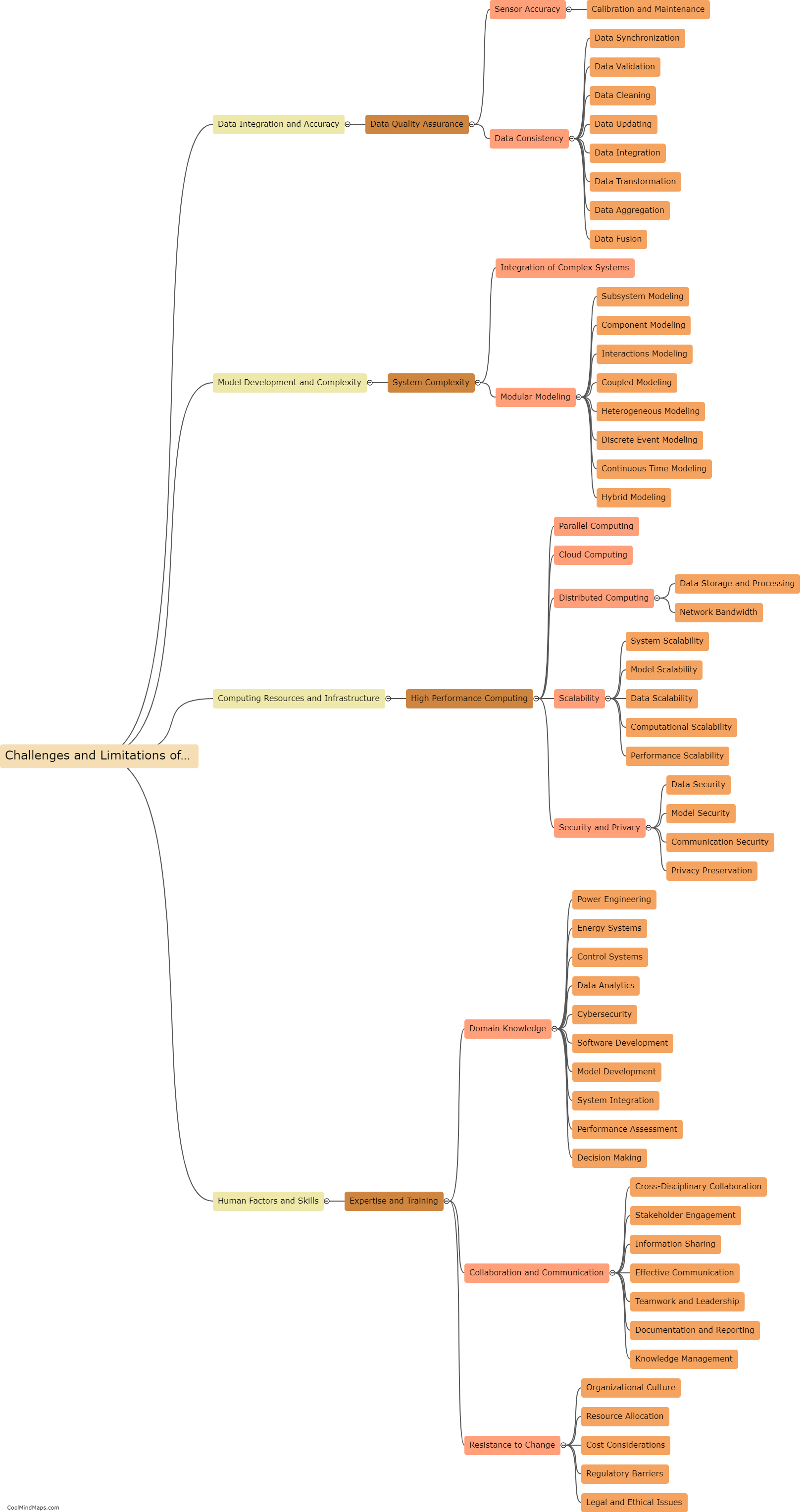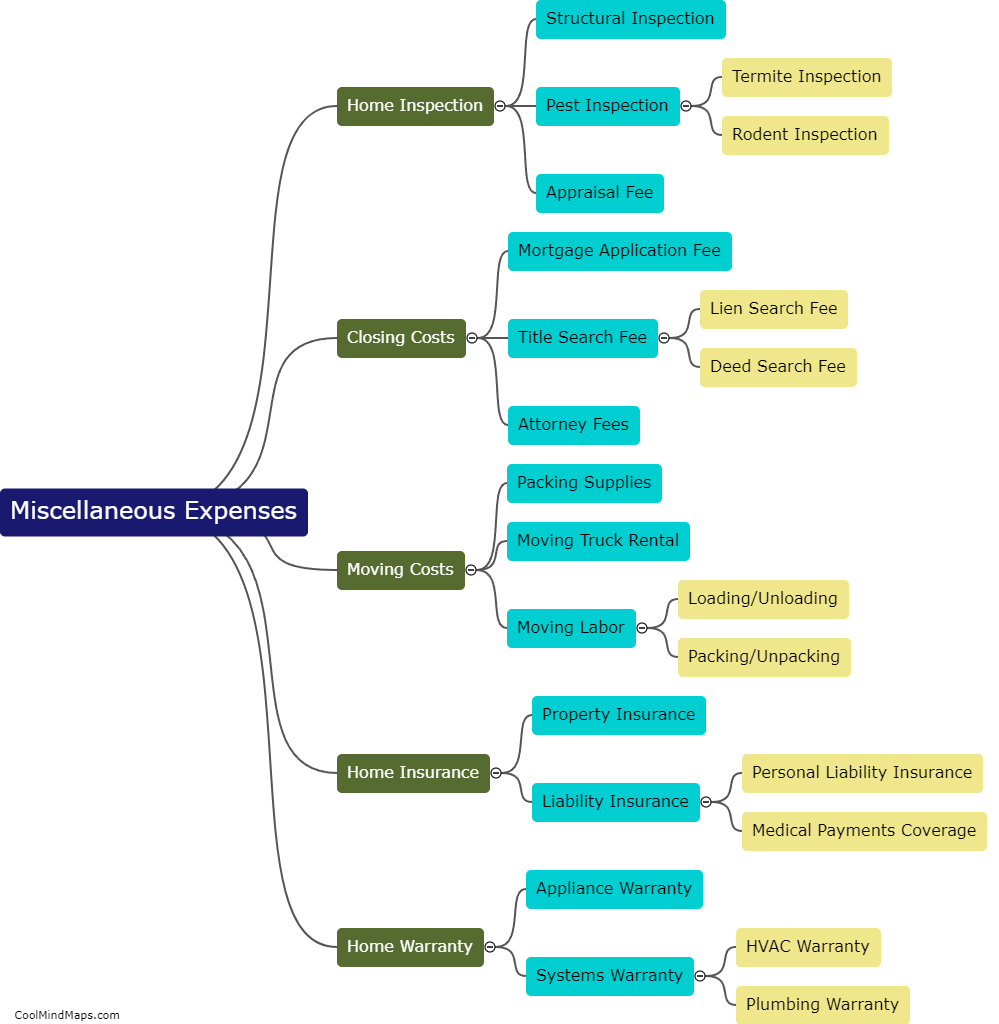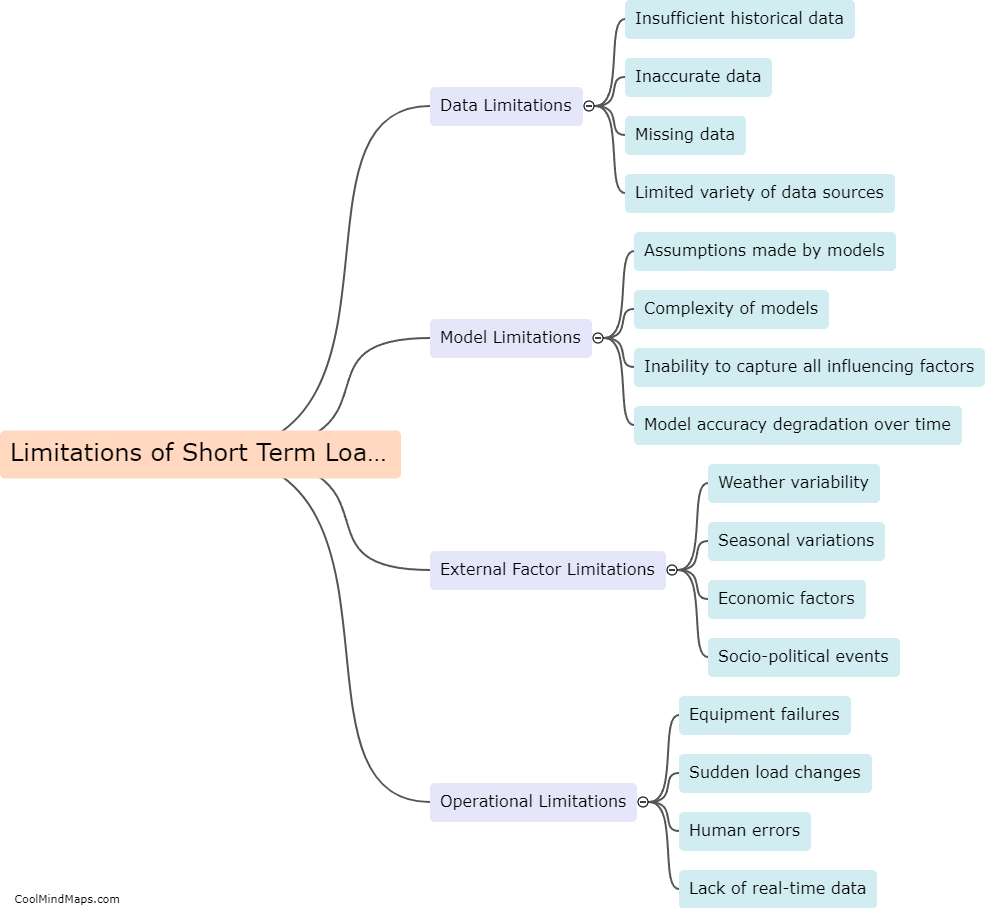How is short term load forecasting carried out?
Short-term load forecasting plays a crucial role in managing electricity grids and ensuring the reliable supply of electrical energy. To carry out short-term load forecasting, various techniques and models are utilized. These typically include historical data analysis, weather forecasting, and statistical methods such as time series analysis and regression analysis. Historical load data is examined to identify patterns and trends in electricity consumption, which are then combined with weather data to account for the impact of temperature and climate on energy demand. Statistical models are developed to forecast future load based on these factors. Additionally, machine learning algorithms are increasingly being employed, utilizing more complex data sets and incorporating real-time information for better accuracy. Through the application of these techniques, system operators can effectively predict short-term load variations, allowing for better planning, optimization, and decision-making in the energy sector.

This mind map was published on 7 October 2023 and has been viewed 109 times.











